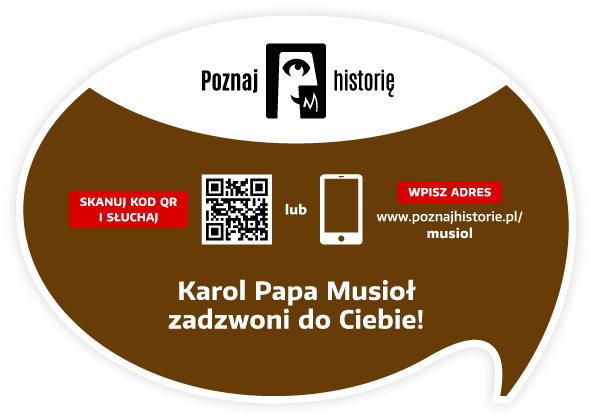Dzięki kolei Kędzierzyn z niewielkiej miejscowości zmienił się najpierw w osadę kolejarską, potem w miasto, a ostatecznie w prężny ośrodek przemysłowy. Z tutejszej stacji wychodziło sześć linii: do Gliwic, Raciborza, Baborowa, Racławic Śląskich, Opola i Strzelec. Były jak tętnice wielkiego organizmu, wciąż pulsujące i obrastające w nową tkankę. W okresie świetności funkcjonowały tu aż dwie wielkie lokomotywownie, warsztaty remontowe i szkoła kształcąca pracowników kolei.
Kapitalne połączenie ze światem sprawiło, że mogli stąd wyjeżdżać nie tylko ludzie, ale też towary. Dlatego jeszcze przed II wojną światową w niedalekiej Blachowni i Bierawie, czyli dzisiejszych Azotach, zbudowano duże zakłady chemiczne. Najważniejszym argumentem, który za tym przemawiał, była dobra lokalizacja. Skrzyżowały się tu bowiem szlaki kolejowe: na wschód, czyli w kierunku Katowic, Krakowa czy Lwowa; na południe – czyli w kierunku Raciborza czy Ostrawy i na północny zachód, czyli na Opole, Wrocław i Berlin. Szybkiemu transportowi służyły nie tylko rozwijająca się kolej, ale też żeglowna Odra z portem przeładunkowym w pobliżu Kędzierzyna. Wszystko to zdecydowało o strategicznym ulokowaniu tutejszych zakładów.
Dworzec kolejowy w Kędzierzynie-Koźlu to jeden z największych dworców w Polsce. Ma bagatela aż pięć peronów pasażerskich, dwa bagażowe i rozbudowaną sieć torowisk, idealną do formowania i rozformowywania pociągów towarowych.










Visit Social media:
Share Social media: